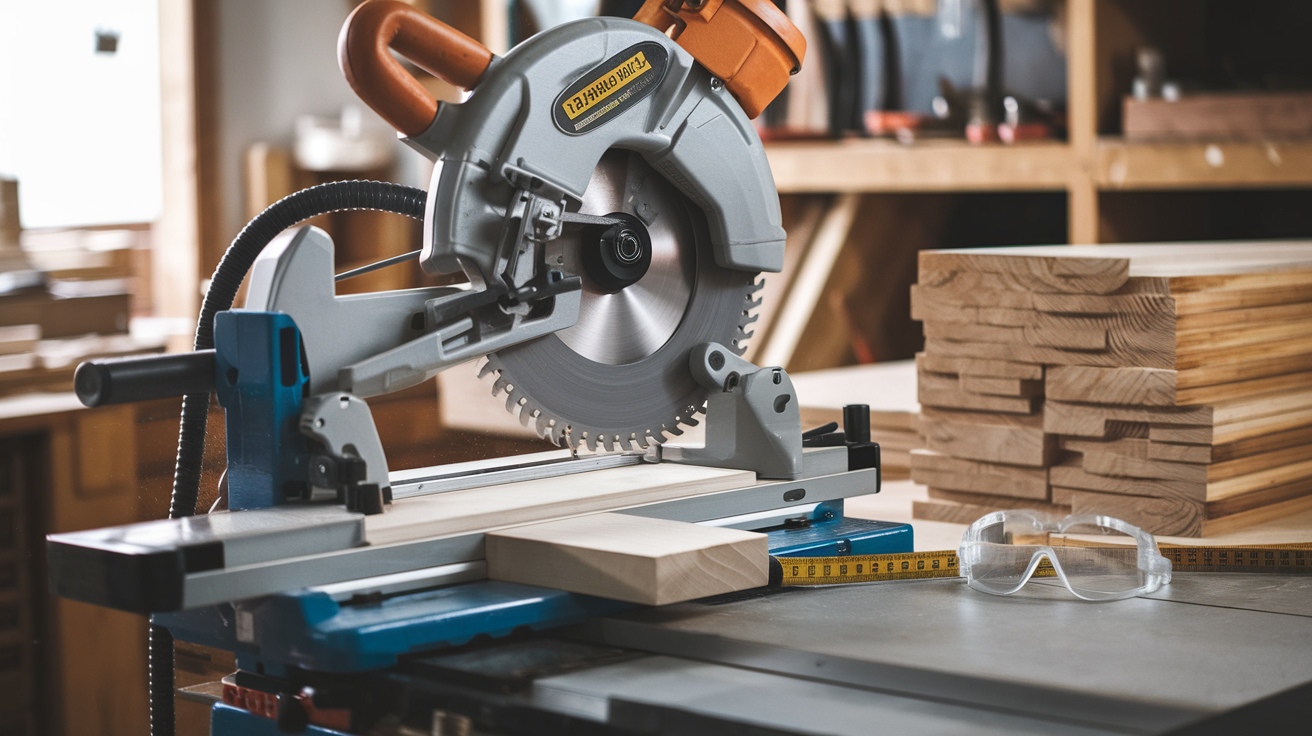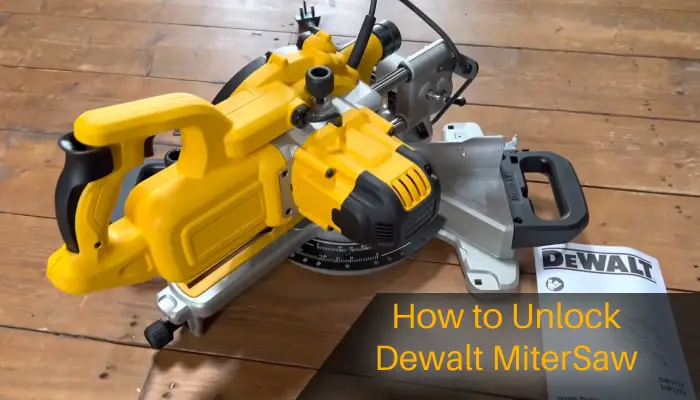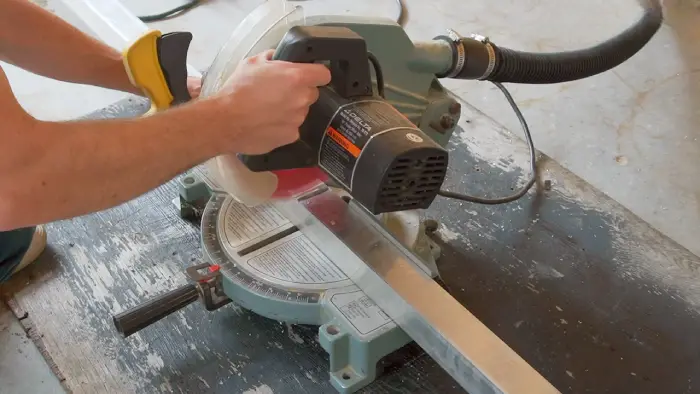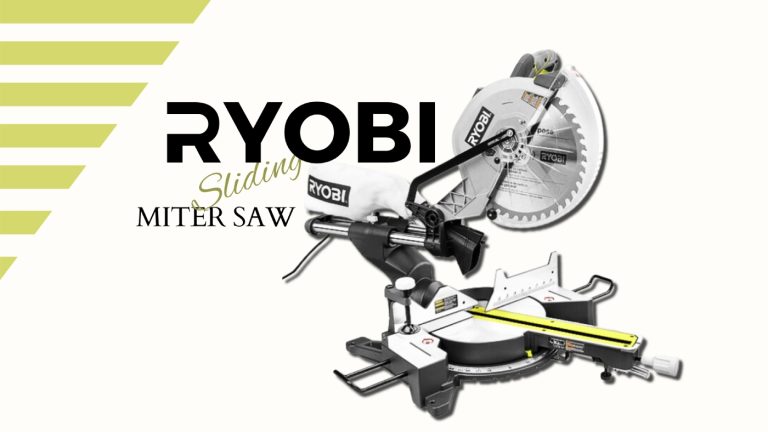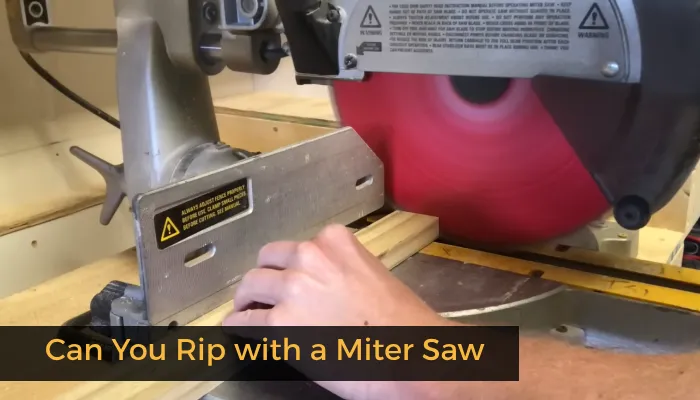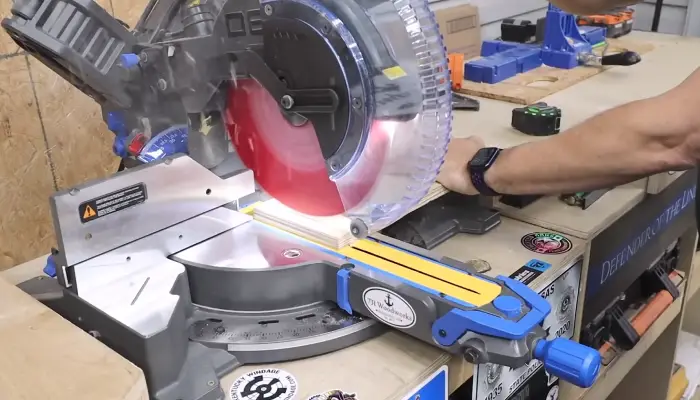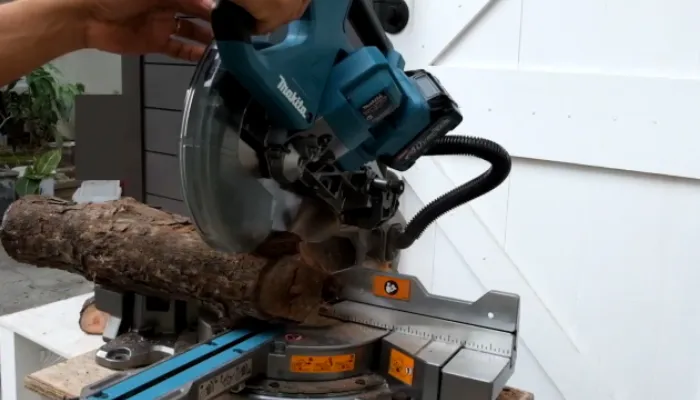Do I Need Sliding Miter Saw? Find Out If It’s Right for You
If you’re working on larger woodworking projects or need to make precise cuts at varying angles, a sliding miter saw is a fantastic investment.
It offers increased cutting capacity for wider boards and handles intricate tasks like crown molding with ease. This tool excels in versatility, allowing you to make both miter and bevel cuts simultaneously.
However, if you’re focused on smaller projects or have limited space, a non-sliding miter saw might suffice. Knowing your project needs and workspace can help you choose the right saw for your tasks and preferences.
Key Takeaways
- If you plan to work with wider boards or thick materials, a sliding miter saw offers superior cutting capacity.
- For complex woodworking tasks, such as crown molding, sliding miter saws provide enhanced versatility for precise miter and bevel cuts.
- If portability and ease of transport are important, a non-sliding miter saw may be more suitable due to its lighter weight.
- Consider your workspace size; sliding miter saws require more room due to their extended rails and larger design.
- Evaluate your project types; sliding miter saws excel in bigger projects, while non-sliding models are better for smaller, precise cuts.
Features of a Sliding Miter Saw
When you plunge into woodworking projects, having the right tools can make all the difference, and a sliding miter saw stands out among them. This powerful tool offers several features that enhance your cutting experience and expand your capabilities.
A sliding miter saw not only provides greater accuracy but also allows for flexibility in cutting various materials, making it a versatile addition to your toolkit. Here’s what you need to know:
- Cutting Capacity: With the ability to handle boards up to 12 inches wide, a sliding miter saw is perfect for larger projects like crown molding and furniture.
- Wider Materials: The saw’s rails allow the blade to move forward and backward, enabling you to cut wider materials than traditional non-sliding models can accommodate.
- Compound Miter Saw Functionality: Many sliding miter saws are also compound saws, allowing you to execute both miter and bevel cuts simultaneously, which adds versatility to your work. This dual functionality makes it a valuable tool for both wood and metal cutting capabilities.
- Design Considerations: Keep in mind that the extended rails require more workspace and may increase the overall weight of the tool.
Advantages of Using a Sliding Miter Saw
Sliding miter saws offer significant advantages that enhance both the efficiency and precision of woodworking projects. Below are some of the key benefits:
Increased Cutting Capacity
When you need to tackle larger projects, having a sliding miter saw can make all the difference in your cutting capacity. These tools are designed to handle wider boards and thicker materials, giving you a significant advantage.
Here are four key benefits of increased cutting capacity with sliding miter saws:
- Wider Boards: You can cut materials up to 12 inches wide or more, depending on the model, allowing for more versatile project options.
- Precision Cuts: They excel at making clean, precise miter and bevel cuts simultaneously, reducing the need for multiple setups and saving you time.
- Adjustable Fences: Many sliding miter saws include adjustable fences, which support larger workpieces, enhancing stability and accuracy during cutting.
- Enhanced Versatility: The increased crosscut capacity means you can tackle various projects, from crown molding to larger framing pieces, with ease.
Versatile Cutting Options
Versatile cutting options make sliding miter saws an essential tool for both hobbyists and professionals alike. With their increased crosscut capacity, you can easily tackle wider boards, often up to 12 inches or more. This capability is particularly beneficial for larger projects like crown molding and framing.
One of the standout features of sliding miter saws is the ability to perform compound cuts effortlessly. This means you can combine miter and bevel cuts simultaneously, which is invaluable for intricate woodworking tasks.
Many models also come with rails that extend behind the saw, allowing for deeper cuts and accommodating thicker materials efficiently.
When compared to traditional chop saws, sliding miter saws provide enhanced accuracy and precision, especially crucial for detailed trim work. Their advanced design also supports small rips and various cutting angles, making them suitable for a broader range of woodworking applications.
Limitations of Sliding Miter Saws
Despite their many advantages, sliding miter saws come with several limitations that you should consider before making a purchase.
While they offer increased cutting capacity, these saws mightn’t be the most cost-effective choice for everyone. Here are a few key points to keep in mind:
- Accuracy: Sliding miter saws can experience reduced accuracy during extreme cuts, especially on wide stock. This can lead to blade wandering, affecting the quality of your cuts.
- Setup Complexity: They often require more setup and adjustments compared to non-sliding models, which mightn’t be ideal if you prefer a quick and straightforward tool.
- Workspace Requirements: Due to their larger size, sliding miter saws need more workspace. If you have a constrained shop or job site, this could be a significant drawback.
- Cost Considerations: The higher cost associated with advanced features may not justify the investment for users who only tackle occasional or small-scale projects.
User Preferences and Applications
User preferences for miter saws often hinge on the specific applications and projects at hand.
If you frequently tackle wider materials or complex tasks like crown molding, a sliding miter saw might be your best bet. Its increased crosscut capacity allows for versatile cuts, enhancing your project efficiency.
On the other hand, if you’re focused on smaller projects or trim work, a non-sliding miter saw is often favored. These models excel at making precise square cuts with minimal adjustments.
For professionals and serious DIYers, the sliding miter saw shines in its ability to perform compound cuts, greatly improving both the quality and speed of your work.
However, if portability is a priority—perhaps you need to move your tools between job sites—a non-sliding saw’s lighter weight and compact design could be more appealing.
User preferences also vary by brand reputation. Many recommend reliable brands like DeWalt and Bosch, particularly for sliding miter saws.
Considerations for Choosing a Miter Saw
Choosing the right miter saw requires careful consideration of several factors that directly impact your projects.
Whether you’re tackling DIY tasks or professional jobs, understanding your needs is essential.
- Project Type: Assess the types of projects you plan to undertake. A sliding miter saw is perfect for larger cuts and complex tasks, while non-sliding models work for smaller jobs.
- Cutting Capacity: If you frequently work with wider materials, opt for a sliding miter saw for its superior cutting capacity, allowing for versatility in your work.
- Workspace: Evaluate your workspace. Sliding miter saws have a larger footprint due to extended rails, while non-sliding models are more compact and easier to fit into tighter areas.
- Portability: Consider how often you’ll need to transport your saw. Non-sliding miter saws are generally lighter and easier to move, making them ideal for job sites or smaller workshops.
Frequently Asked Questions
Is a Sliding Miter Saw Really Necessary?
A sliding miter saw isn’t strictly necessary, but it sure makes life easier for certain projects.
If you’re cutting wider boards or tackling complex angles, you’ll appreciate the extra capacity and versatility it offers. It saves you time and reduces the hassle of multiple cuts.
However, if you mostly work with narrow materials or occasional projects, a standard miter saw might suffice.
Assess your needs to decide what fits your workflow best!
What Is the Disadvantage of a Sliding Miter Saw?
A sliding miter saw can have some disadvantages. You might find that accuracy decreases with wider cuts due to flexing.
The setup and adjustments can be tricky, and regular maintenance is essential to keep the rail system running smoothly.
These saws also require more space, making them less ideal for small areas.
If you only need basic square cut-offs, a simpler model might serve you just as well without the added complexity or cost.
What Is the Advantage of a Sliding Mitre Saw?
“Measure twice, cut once” rings true when using a sliding miter saw. Its advantage lies in the increased crosscut capacity, allowing you to tackle wider boards effortlessly.
You’ll appreciate the versatility to perform compound cuts, perfect for intricate projects like crown molding. The sliding mechanism enhances precision and reduces deflection, ensuring accurate cuts every time.
Though it needs more space and investment, it greatly boosts your woodworking capabilities, making it a valuable tool.
What Do You Use a Sliding Miter Saw For?
You use a sliding miter saw for making precise crosscuts and bevel cuts on wider materials.
It’s perfect for tasks like cutting crown molding, where accuracy matters. With its extended rails, you can tackle larger projects like framing and decking effortlessly.
Plus, it’s great for repetitive cuts, allowing you to set consistent adjustments. Features like taller fences and laser guides enhance your cutting performance, making your work more efficient and professional.
Use a Miter Saw Based on Your Woodworking Needs
In the end, whether you need a sliding miter saw really depends on your projects. If you’re tackling larger cuts or working with wide boards, a sliding saw might just be your best buddy.
But if you’re sticking to smaller tasks, a non-sliding option could fit the bill perfectly. Reflect on what you’ll be cutting, and don’t forget to contemplate your workspace. After all, the right tool can make all the difference in your woodworking adventures.

